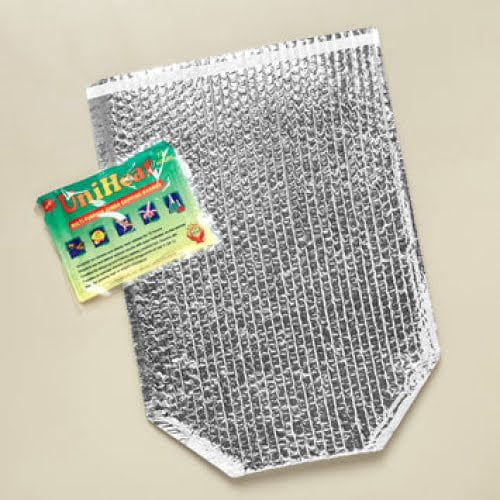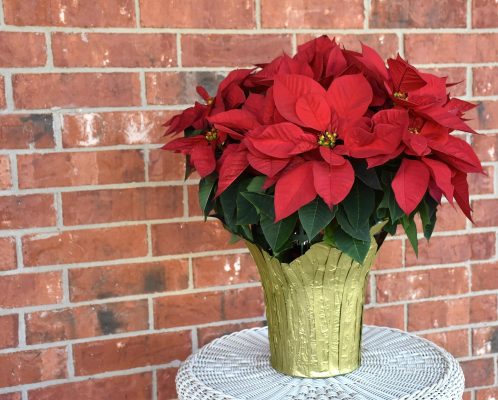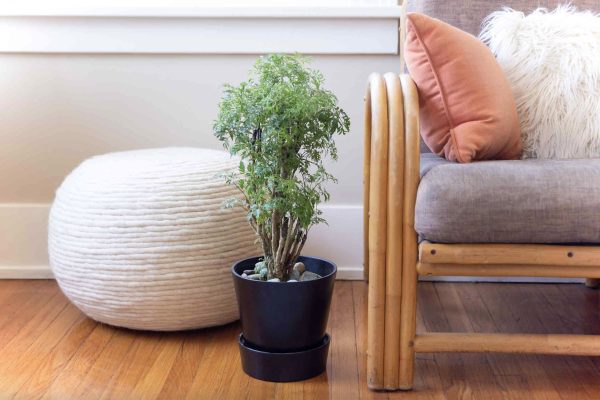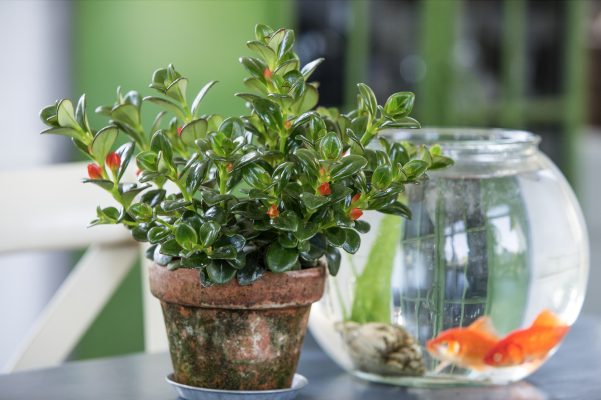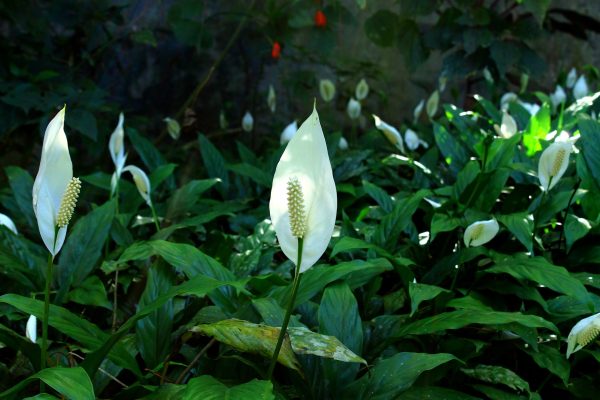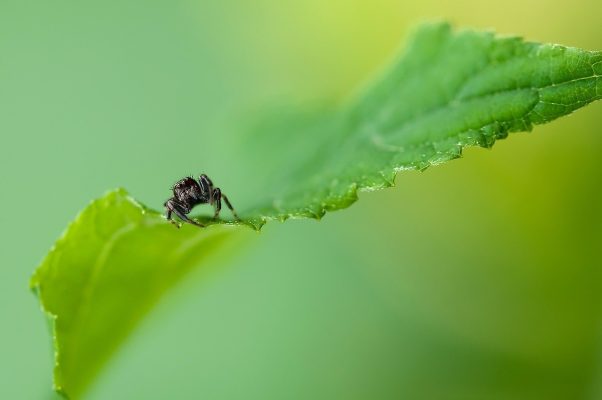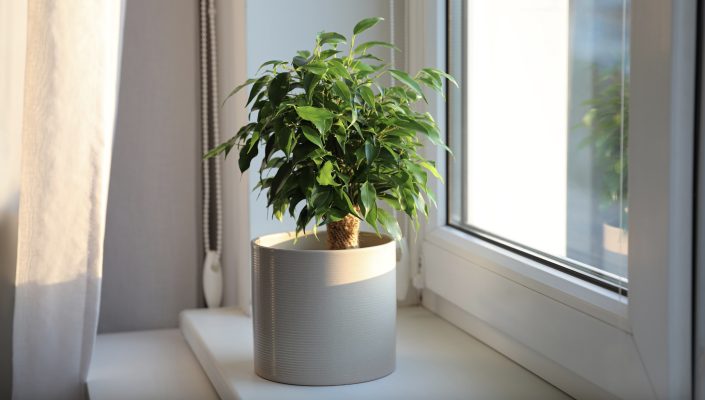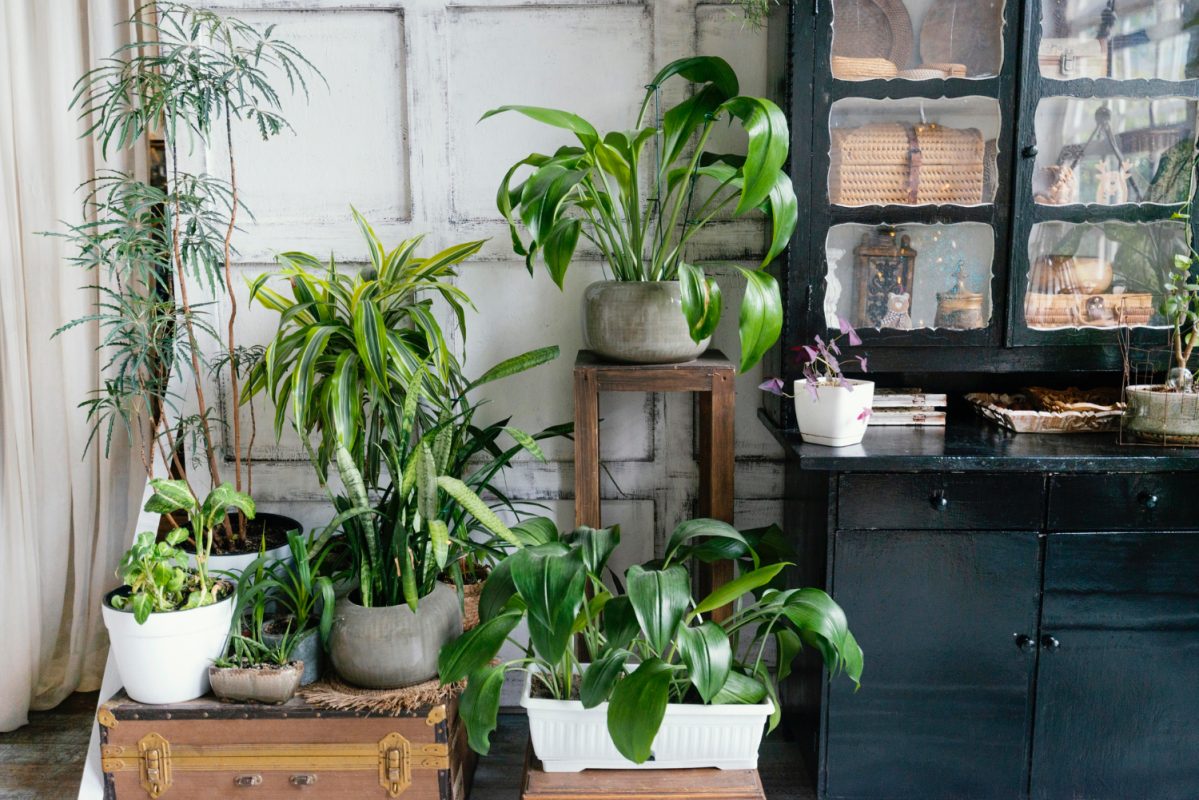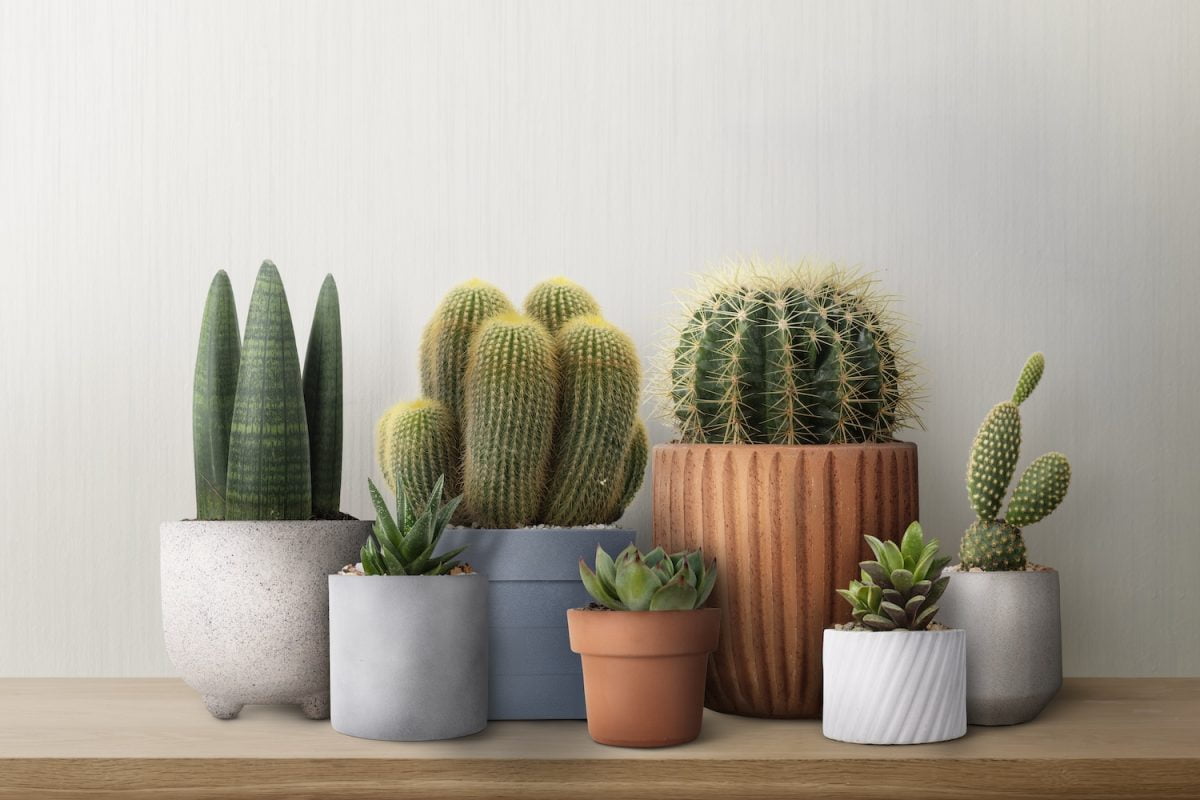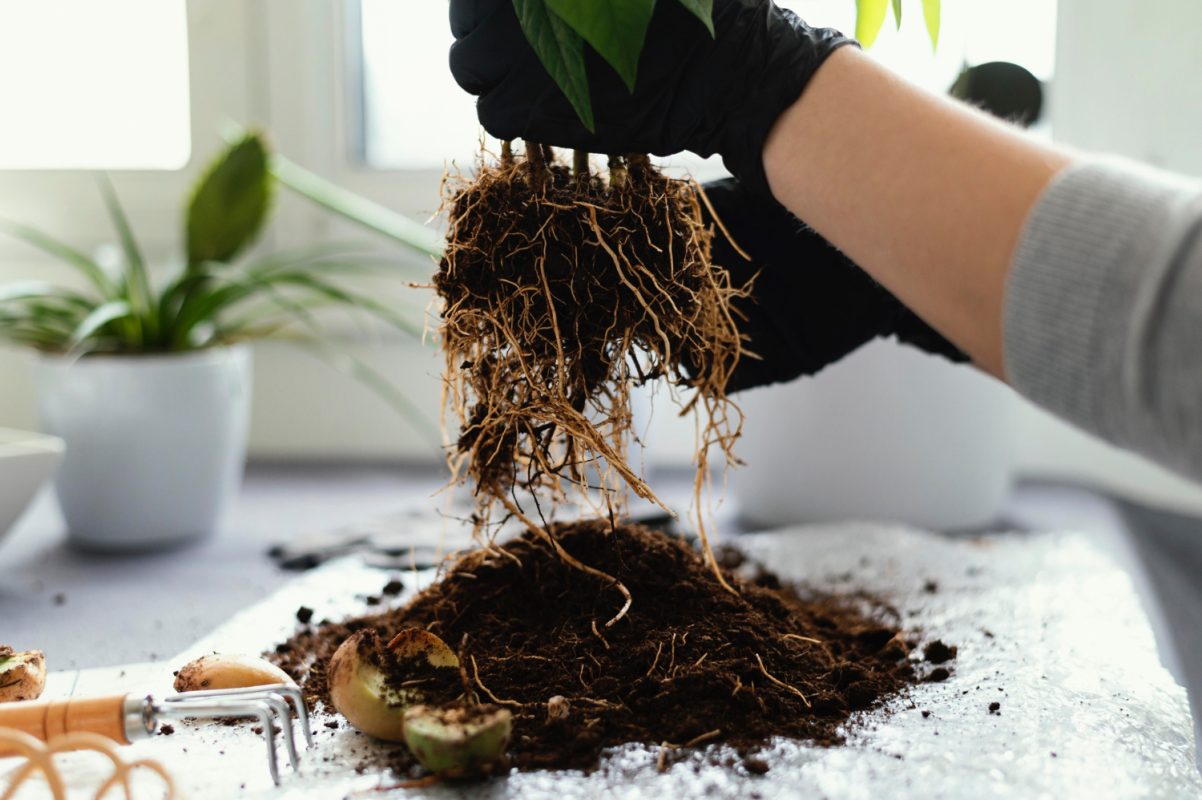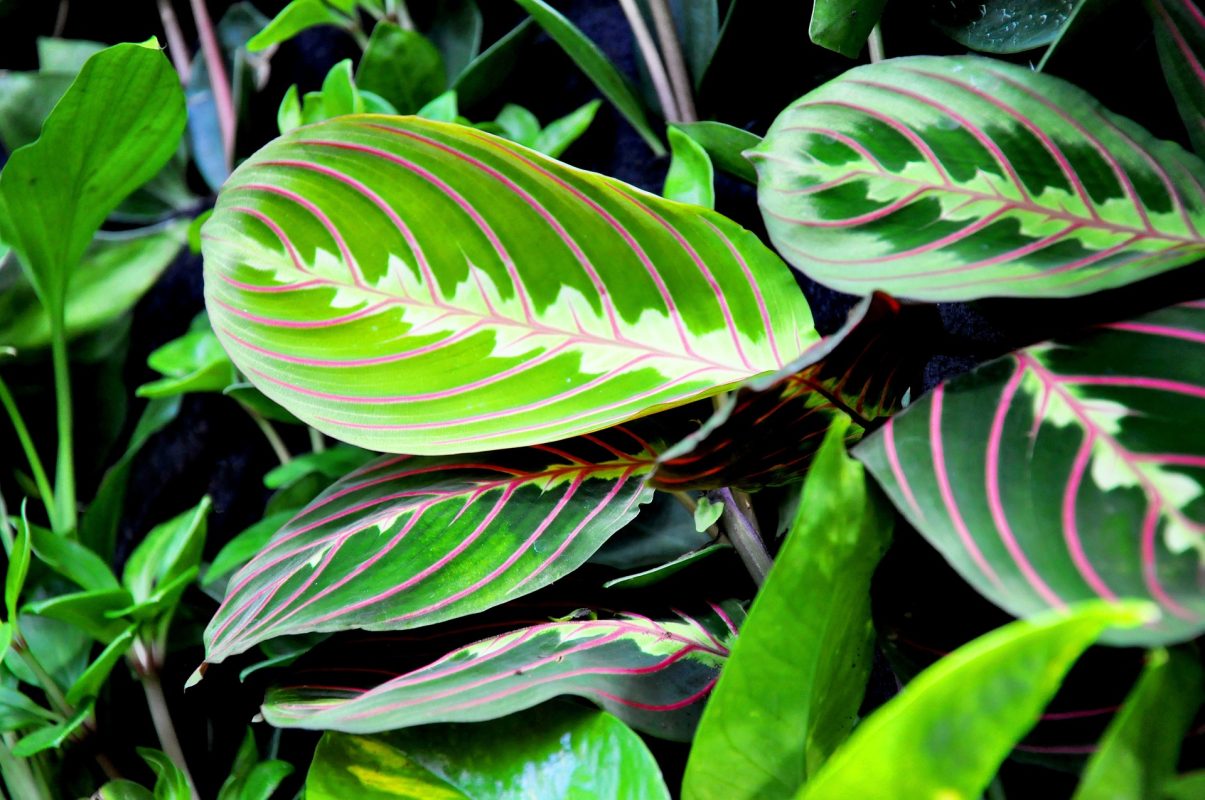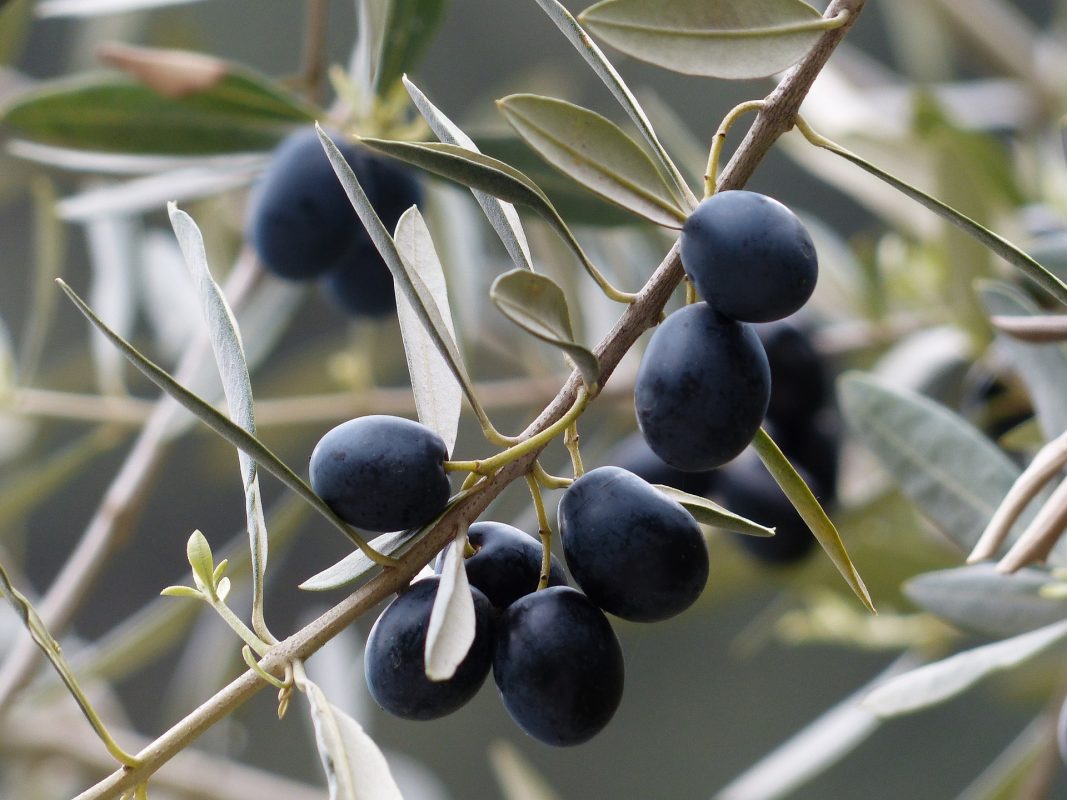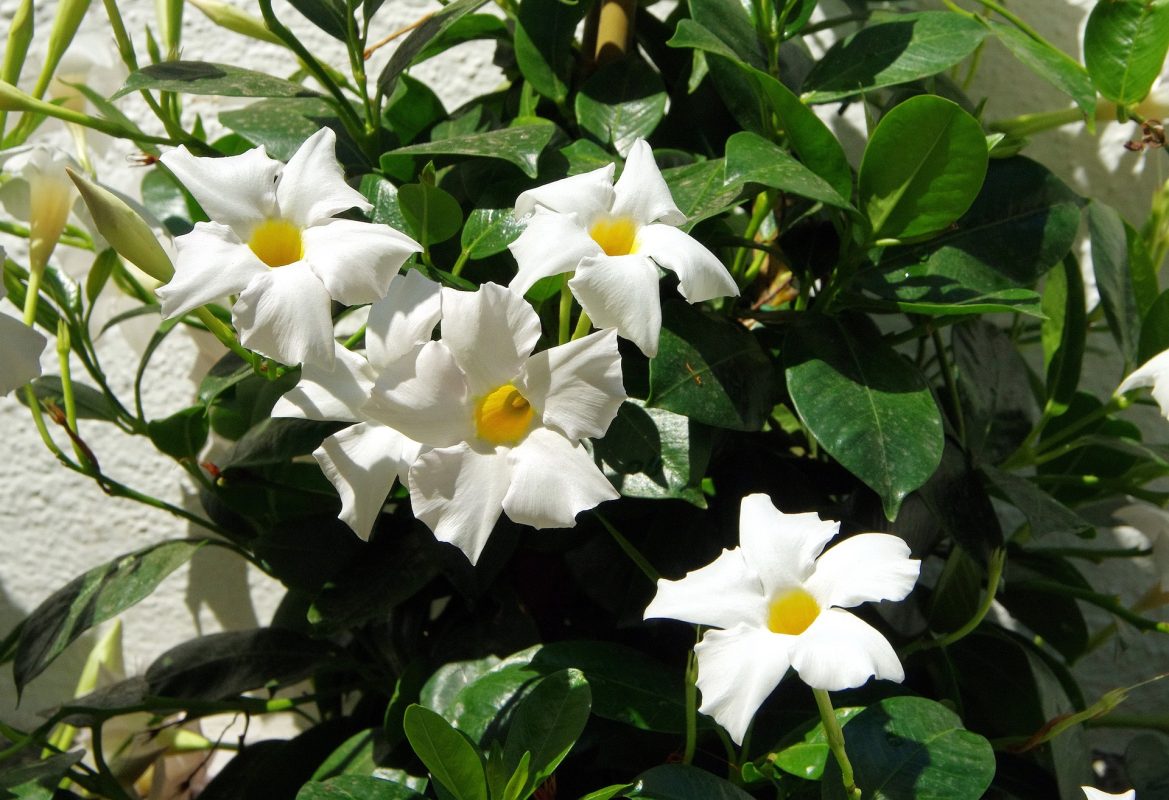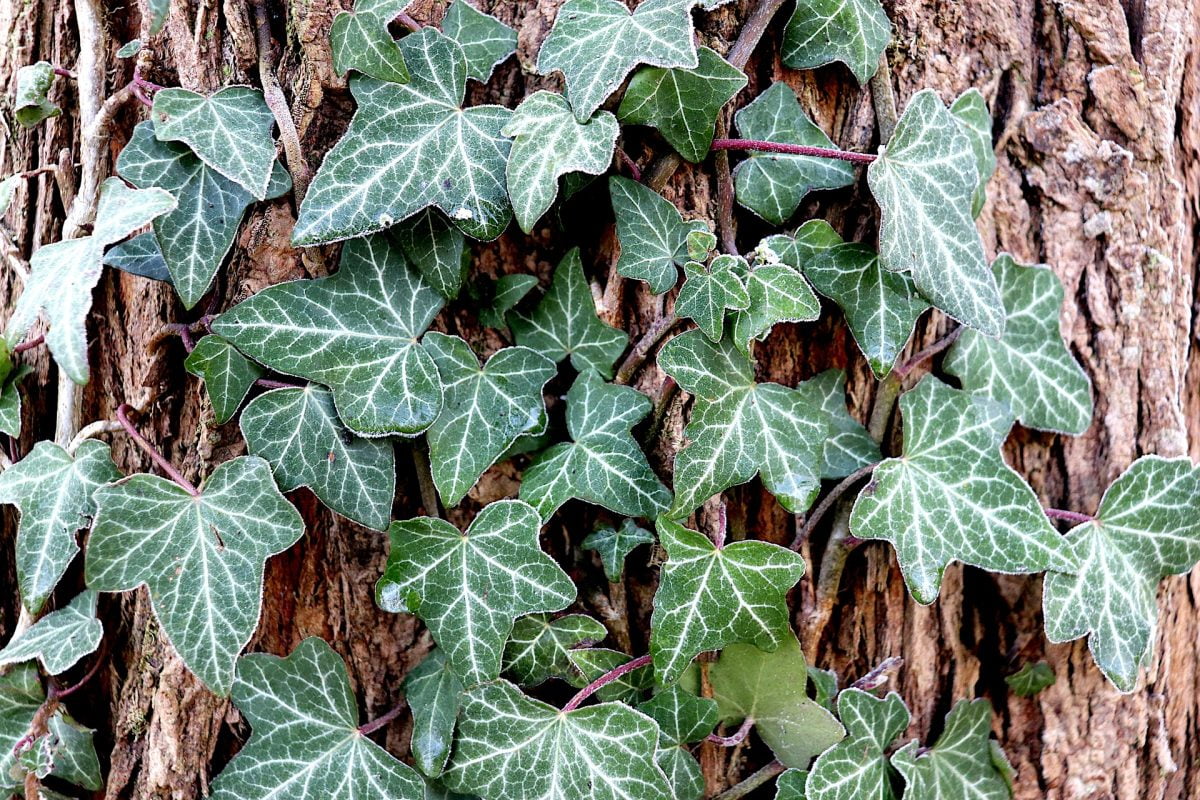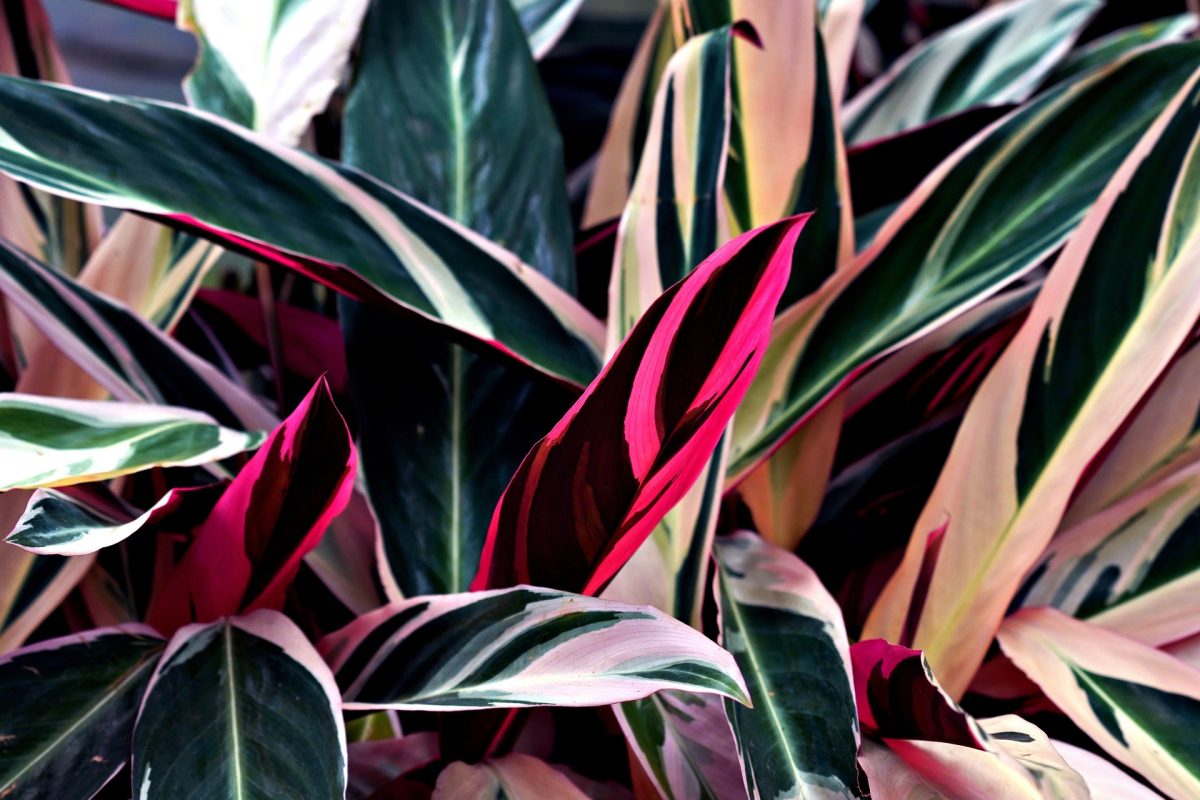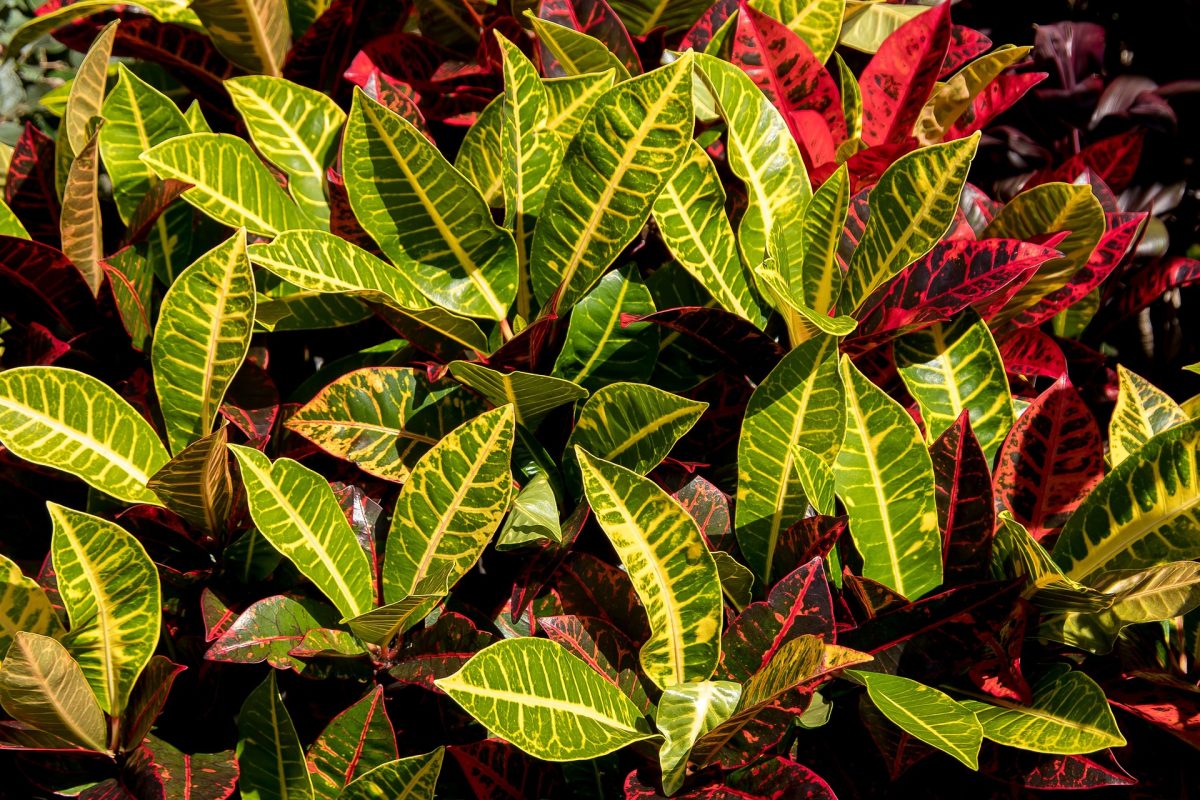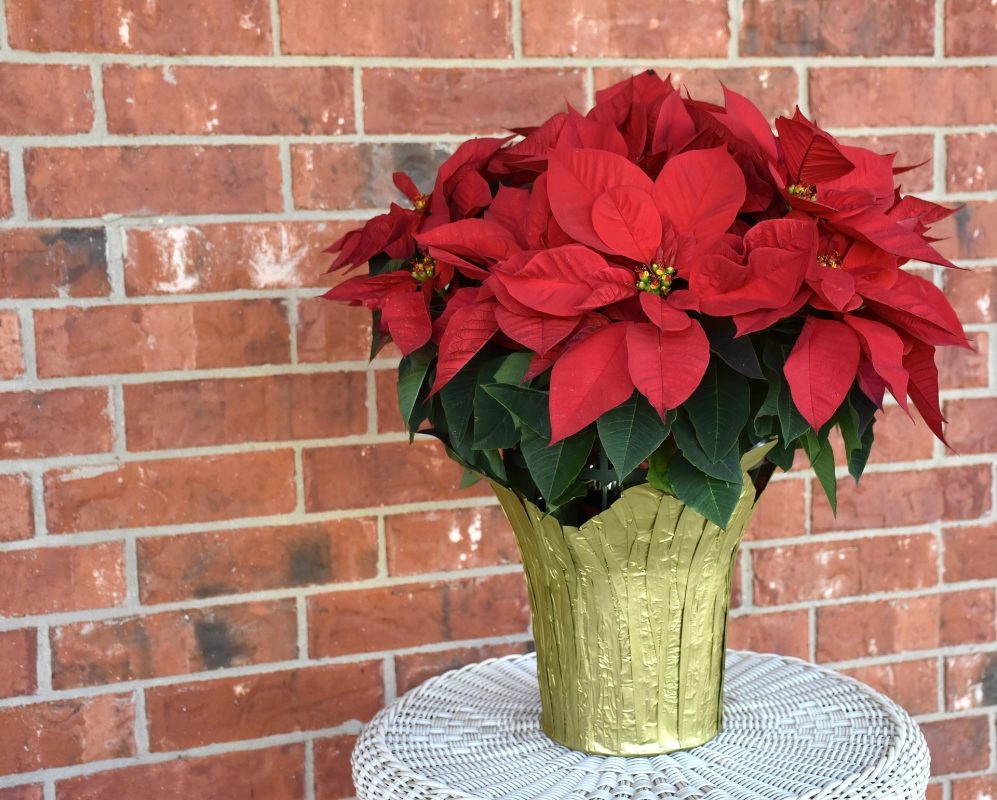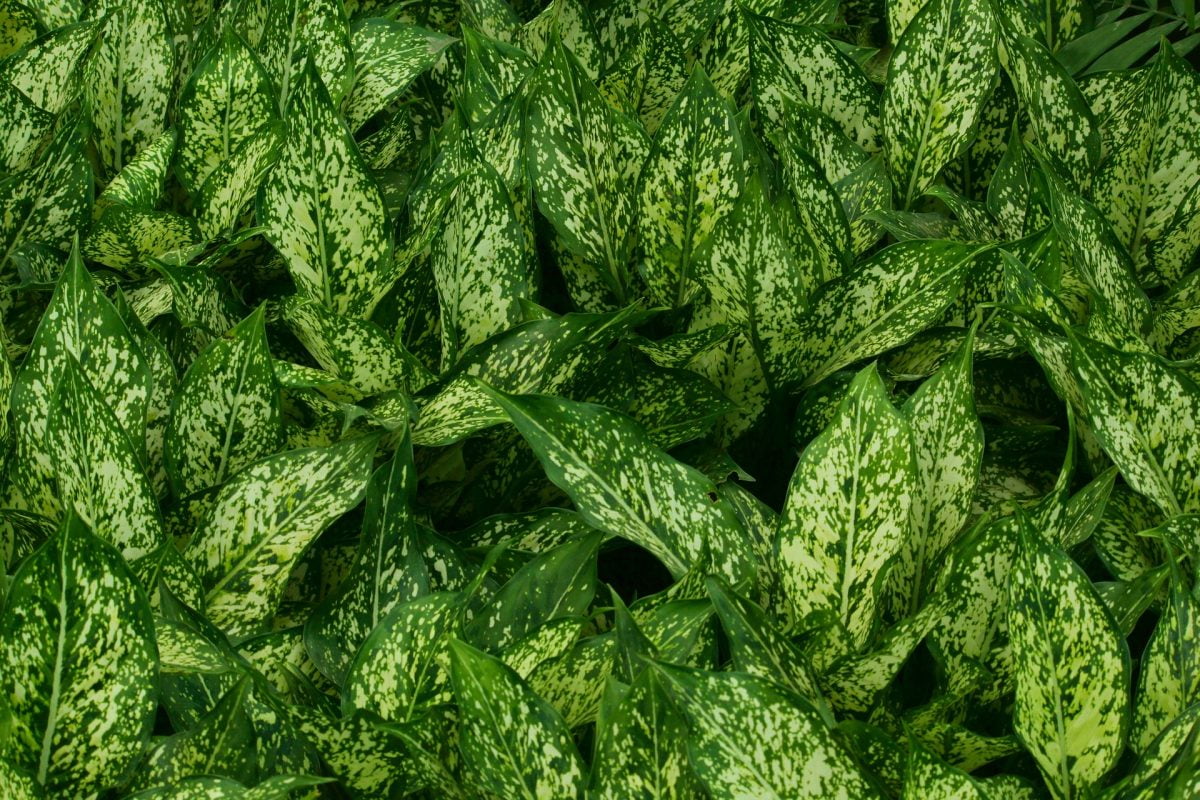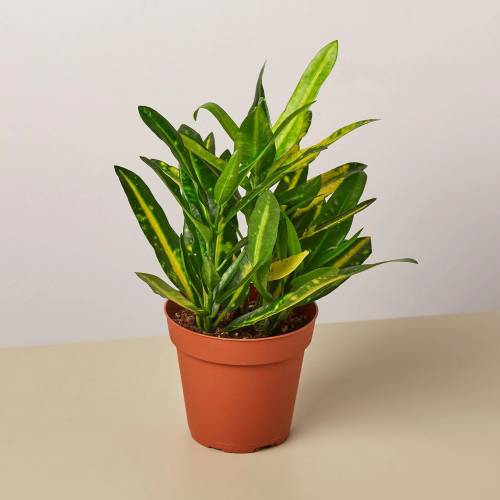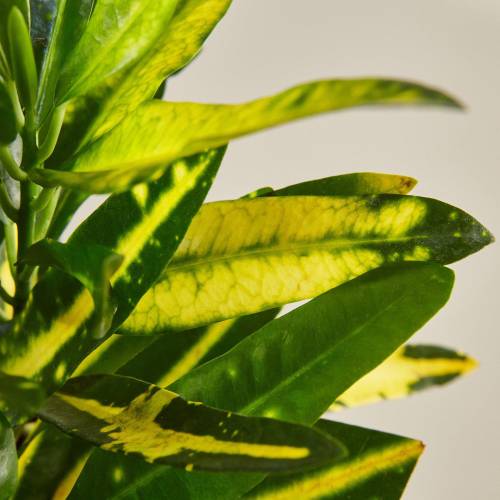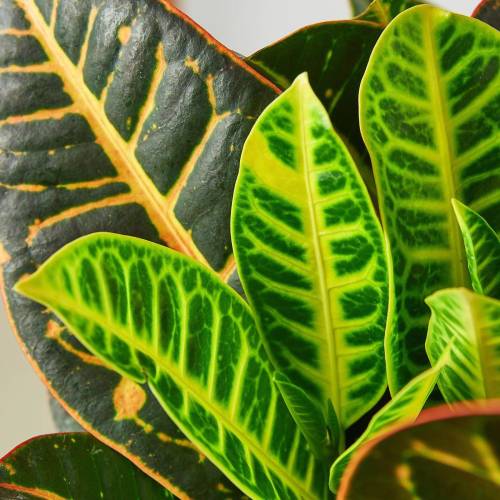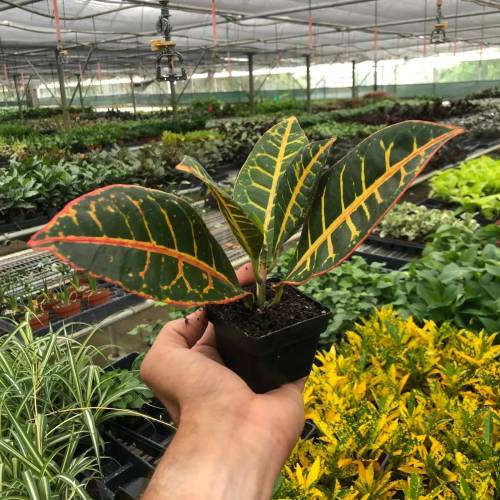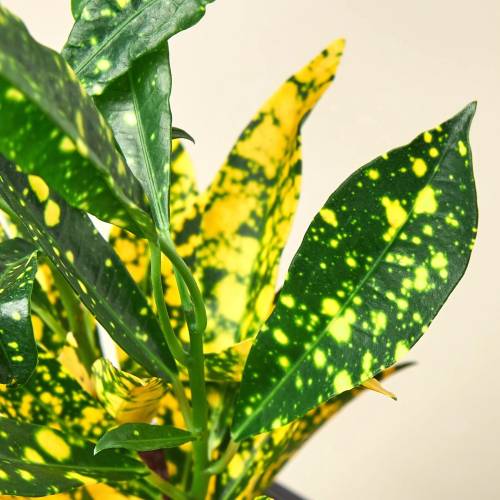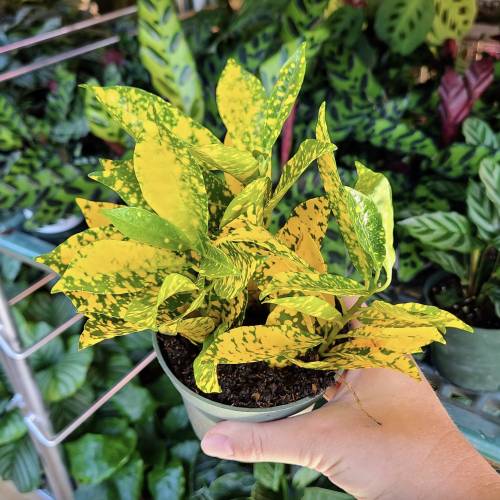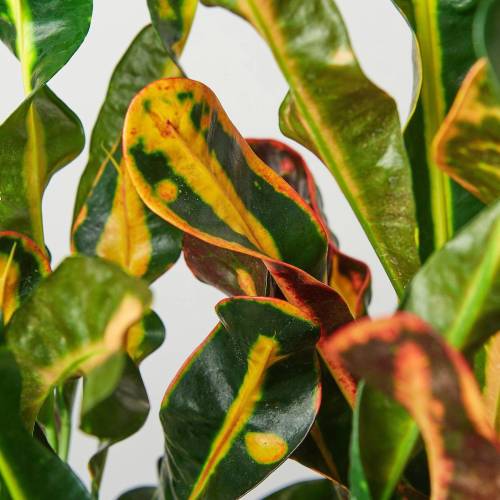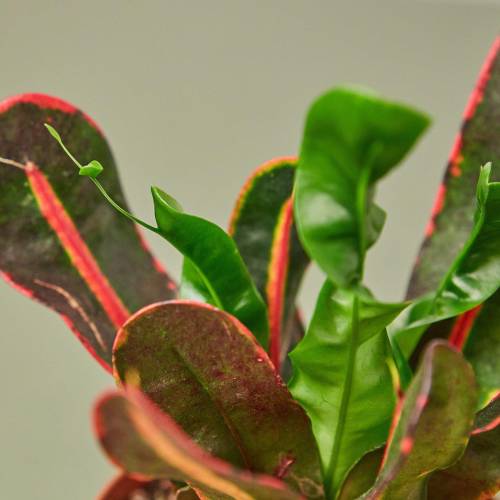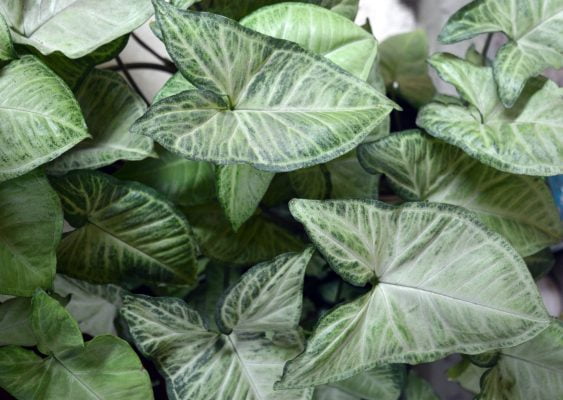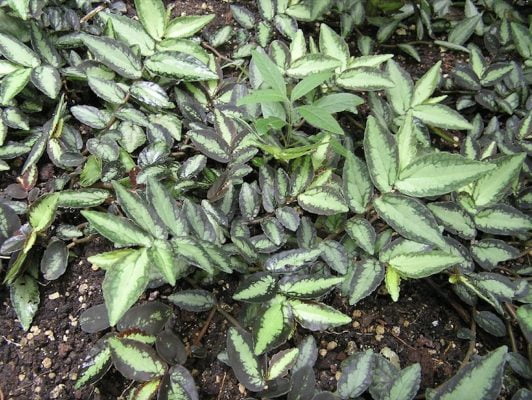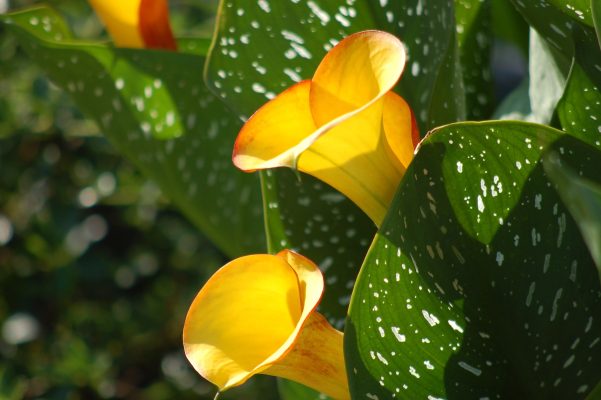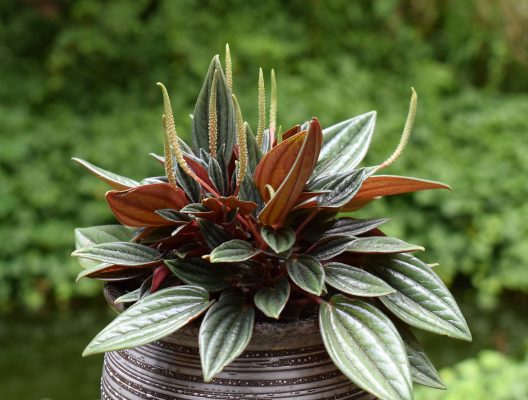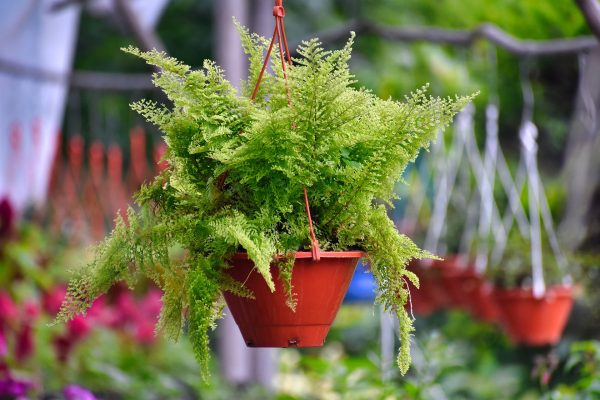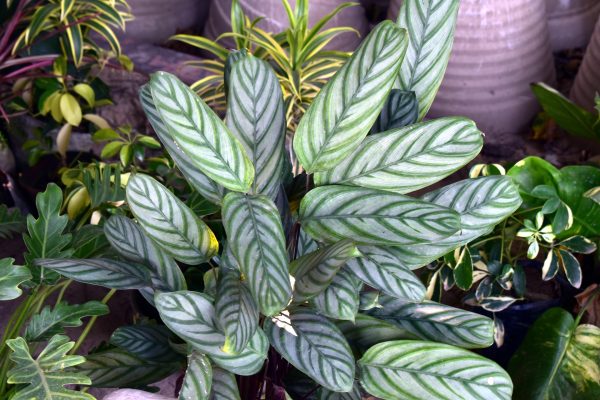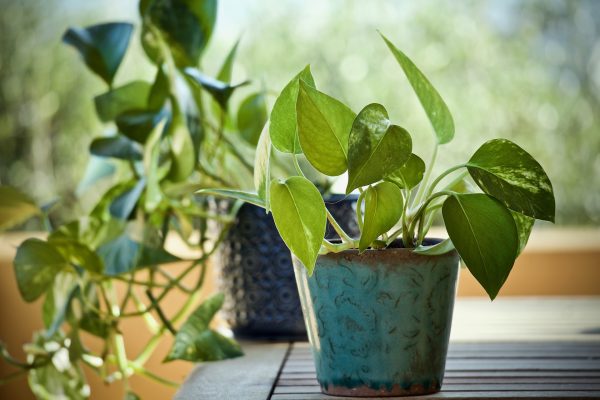Crotons, scientifically known as Codiaeum variegatum, are a vibrant and diverse group of tropical plants cherished for their stunning, multicolored foliage. This comprehensive care guide is your gateway to cultivating the lively beauty of Crotons, transforming your indoor space into a lively and vivid jungle.
I. Plant Overview:
- Scientific Name: Codiaeum variegatum
- Common Names: Croton, Garden Croton
- Origin: Native to Southeast Asia and the Pacific Islands.
II. Light Requirements:
- Ideal Conditions: Bright, indirect light. Crotons display the most vibrant colors with ample sunlight.
- Tolerance: Adaptable to lower light conditions, but color intensity may decrease.
III. Watering:
- Frequency: Keep the soil consistently moist, allowing the top inch to dry between waterings. Reduce watering in the dormant season.
- Water Quality: Use room-temperature water. Ensure good drainage to prevent waterlogging.
- Humidity: Crotons appreciate higher humidity levels. Regular misting or a humidity tray can be beneficial.
IV. Soil:
- Type: Well-draining potting mix with added perlite or sand. A mix for tropical plants or general-purpose potting soil is suitable.
- pH Level: Slightly acidic to neutral (pH 6.0-7.0).
V. Temperature and Humidity:
- Temperature: Maintain a warm environment between 60-80°F (15-27°C). Protect from cold drafts.
- Humidity: Crotons thrive in higher humidity. If your home is dry, consider using a humidifier or placing the plant in a group with other plants.
VI. Fertilization:
- Schedule: Feed every 2-4 weeks during the growing season (spring and summer).
- Fertilizer: Use a balanced liquid fertilizer, diluted to half strength. Reduce fertilization in the dormant season.
VII. Pruning and Maintenance:
- Pruning: Trim leggy growth and shape the plant for a bushier appearance. Remove any yellow or damaged leaves.
- Cleaning: Wipe leaves with a damp cloth to remove dust and enhance the vibrancy of the foliage.
VIII. Repotting:
- Frequency: Repot every 1-2 years or when the plant outgrows its container.
- Procedure: Gently lift the plant, inspect roots, and repot in fresh soil. Choose a container with drainage holes.
IX. Common Issues and Solutions:
- Leaf Drop: Sudden changes in light, temperature, or watering. Gradually acclimate the plant to new conditions.
- Pests: Keep an eye out for spider mites or scale. Treat with insecticidal soap or neem oil.
- Dull Foliage: Lack of sunlight. Move the plant to a brighter location for more vibrant colors.
X. Propagation:
- Method: Stem cuttings.
- Timing: Spring or early summer.
- Process: Take a cutting with at least two nodes, let it root in water or soil, then plant in fresh potting mix.
Crotons bring a burst of color to indoor spaces, and with proper care, their vibrant foliage will captivate all who behold them. This guide equips you with the knowledge to unleash the spectrum of colors in your indoor jungle with thriving Crotons. Happy gardening!
our recommendation
you may also want to know



